Statistical Thinking for Industrial Problem Solving (STIPS)
A free online statistics course
In virtually every field, deriving insights from data is central to problem solving, innovation, and growth. But without an understanding of which approaches to use – and how to interpret and communicate results – the best opportunities will remain undiscovered.
That’s why we created Statistical Thinking for Industrial Problem Solving (STIPS). This online statistics course is available – for free – to anyone interested in building practical skills in using data to solve problems better.
All you need is a browser, an internet connection, and an inquisitive mind
This course is comprised of seven modules, totaling about 30 hours of self-paced learning. You can take one module or take them all. Each module includes short instructional videos, JMP demonstrations, questions, and exercises. Review the full course outline page or PDF, or learn more about each module below:
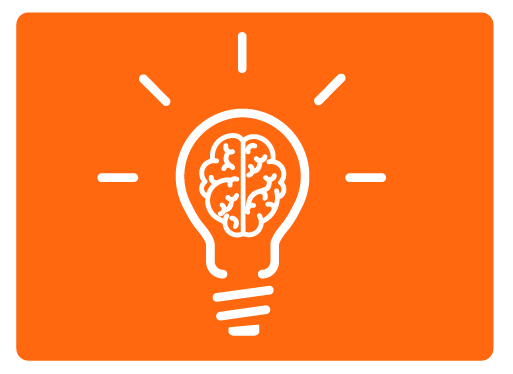
Statistical Thinking and Problem Solving
Statistical thinking is about understanding, controlling, and reducing process variation. Learn about process maps, problem-solving tools for defining and scoping your project, and understanding the data you need to solve your problem.
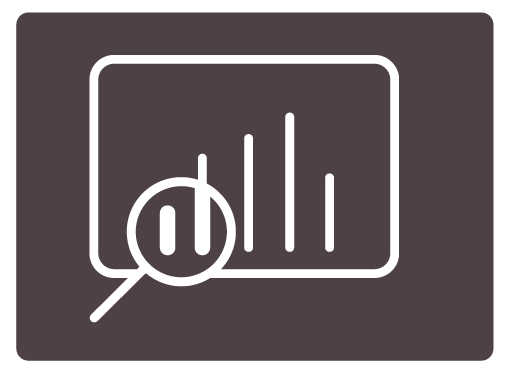
Learn the basics of how to describe data with graphics and statistical summaries. Then, learn how to use interactive visualizations to communicate the story in your data. You also learn some core steps in preparing your data for analysis.
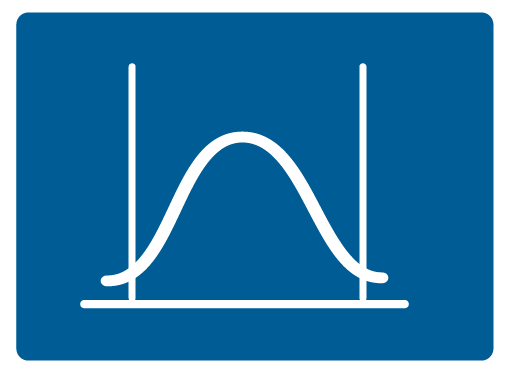
Learn about tools for quantifying, controlling, and reducing variation in your product, service, or process. Topics include control charts, process capability, and measurement systems analysis.
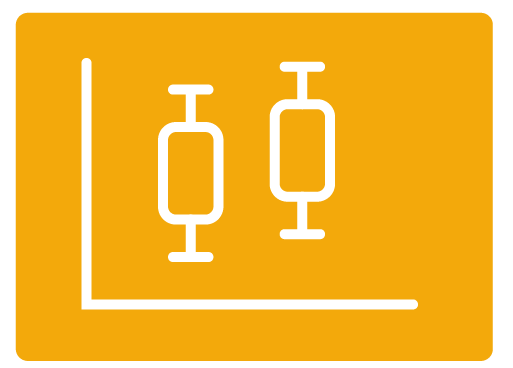
Learn about tools used for drawing inferences from data. In this module, you learn about statistical intervals and hypothesis tests. You also learn how to calculate sample size and see the relationship between sample size and power.
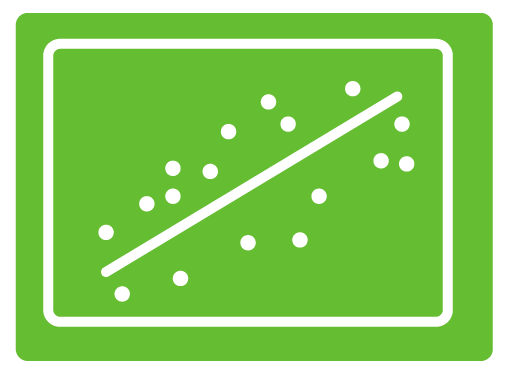
Learn how to use scatterplots and correlation to study the linear association between pairs of variables. Then, learn how to fit, evaluate, and interpret linear and logistic regression models.
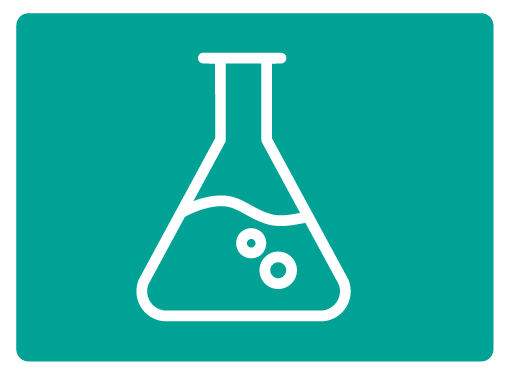
In this introduction to statistically designed experiments (DOE), you learn the language of DOE, and see how to design, conduct, and analyze an experiment in JMP.
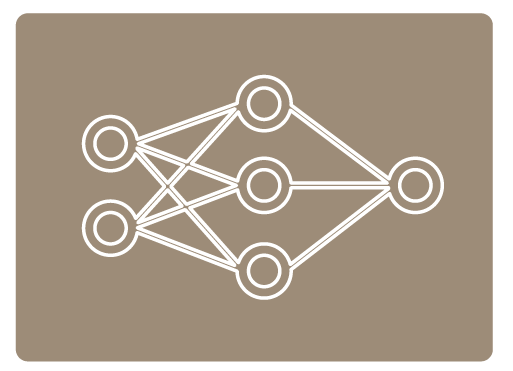
Predictive Modeling and Text Mining
Learn how to identify possible relationships, build predictive models, and derive value from free-form text.
Teach with STIPS
Integrate STIPS content into your academic curriculum or commercial internal training by using our customizable teaching materials.

